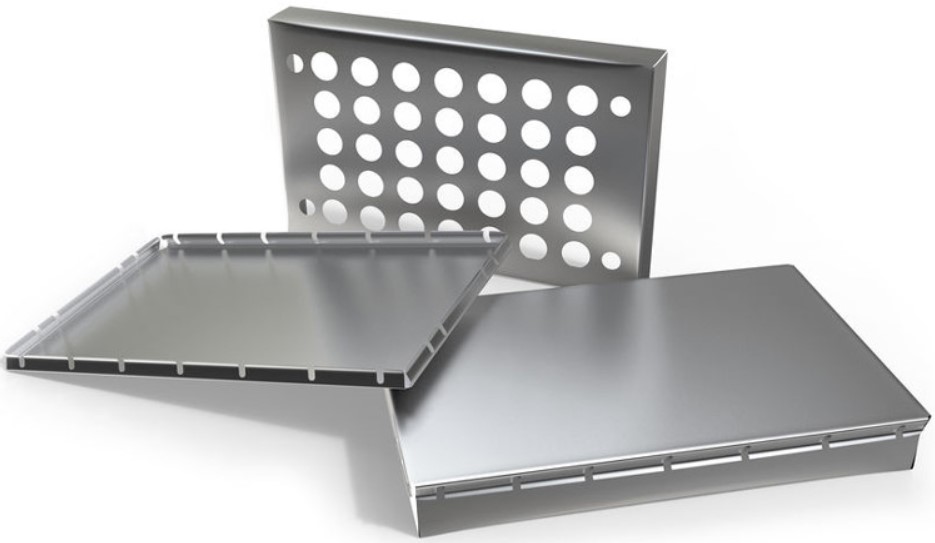
The key to discovering the right customized electrical enclosure is to first decide what you will be the usage of it for. Several important elements to determine when deciding on the right product for you include the dimension of enclosure needed, material kind and selection, finish, and NEMA rating.
How to determine the right size.
Electrical enclosures can range in measurement from several inches too large, walk-in fashion containers and metal rooms, generators, and transformer housings. Decide which fashion is best for you from deciding on smaller wall-mount, or floor hooked up to larger out of doors enclosures. The overall measurement is ultimately decided by the dimensions of the inner components which the enclosure will be housing. Many customers also determine size based totally on several elements including the quantity of heat generated using the electrical parts and the subsequential quantity of required air-flow necessary to cool these parts. The National Electrical Code (NEC) outlines the proper air drift and construction necessities based on the quantity of heat generated and is an appropriate tool to assist in the selection process.
How to decide the proper cloth for your enclosure.
Custom electrical enclosures are commonly developed of carbon steel, stainless steel, aluminum, or galvanized steel. The proper fabric for the enclosure that you will need relies upon the environment for which it will be in. An indoor unit can be fabricated from carbon metal and finished with a primary protective coating, whilst an outdoor unit has to be of a more protecting stainless steel or watertight extruded aluminum enclosure. If it is no longer constructed from stainless metal or aluminum, as an alternative, it may be painted or powder lined to ensure that it stays corrosion resistant over time.
Selecting the right end for your unit.
The two primary sorts of finish selections include portraying and powder coating. When determining the most suitable finish for your product, reflect on consideration on the following guidelines. Painting is a good choice for unique shades and smaller volumes. The painting technique for enclosures is referred to in the industry as liquid coating or moist coating. Powder coating is an entirely extraordinary process than liquid painting. While powder coating is an extra industrial and long-lasting protective coating appropriate for higher volumes. For corrosive environments, marine-duty coatings are available. Both portray and powder coating require the sheet metal to be true pre-treated to ensure that the coating achieves and continues good adhesion. Proper adhesion is necessary to ensure that the coating does no longer fade, crack, or delaminate over time. Pretreating processes or “cleaning” and preparations frequently include strain washing the sheet metal components with a phosphate mix which successfully removes oils, grease, and dust, and particles before painting or powder coating.
Determining Nema ranking requirements.
It is important to determine the proper Nema ranking for your product. If you do not select correctly, you may stop up with damaged components, or you should end up paying too lots money for safety that you do not need. The predominant factor to think about when selecting the right rating for your enclosure is the surroundings in which it will be. NEMA ratings consist of 1, 3, 3R, 4, 4X, 7, and 12. These ratings mirror the level of safety from elements such as rain, dust, ice, and corrosive agents.







